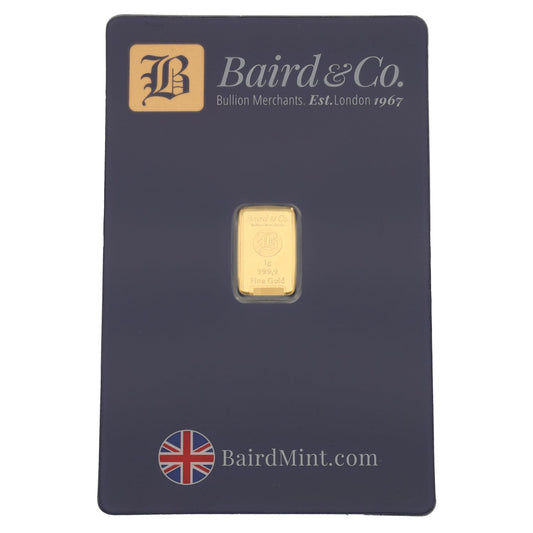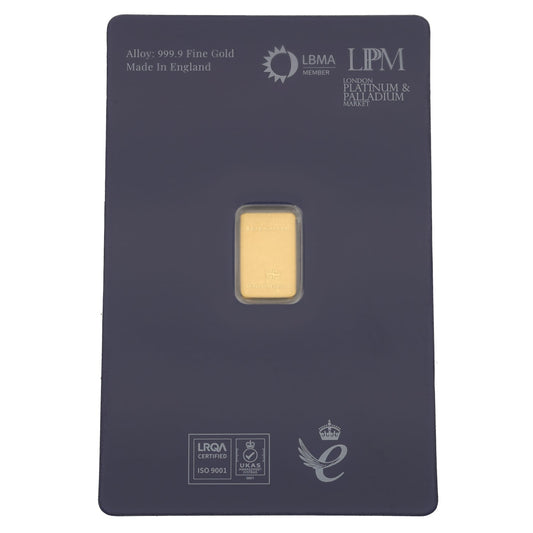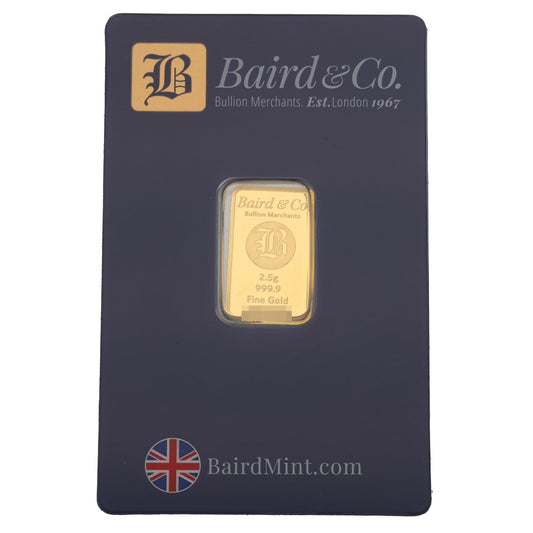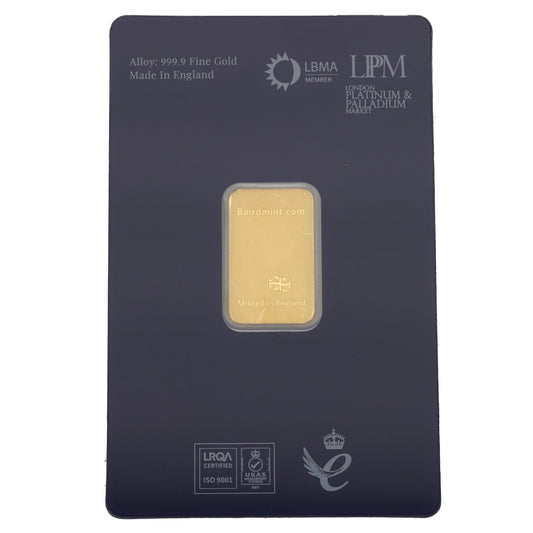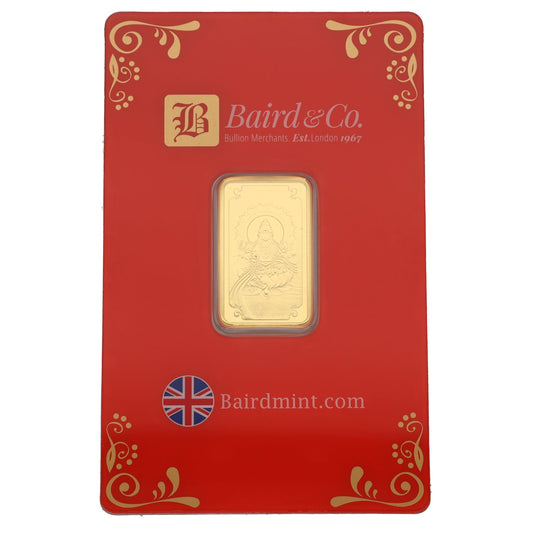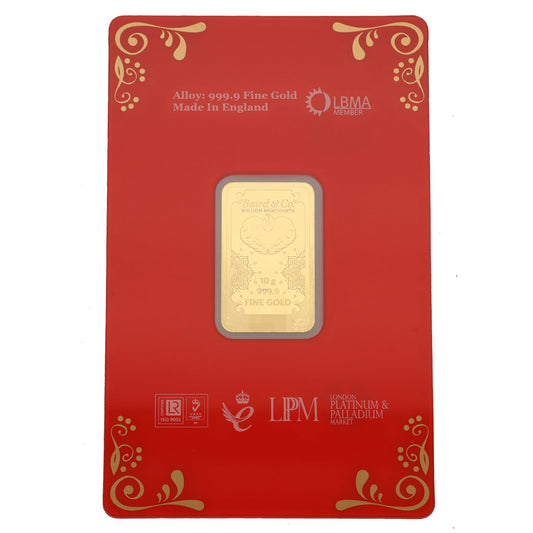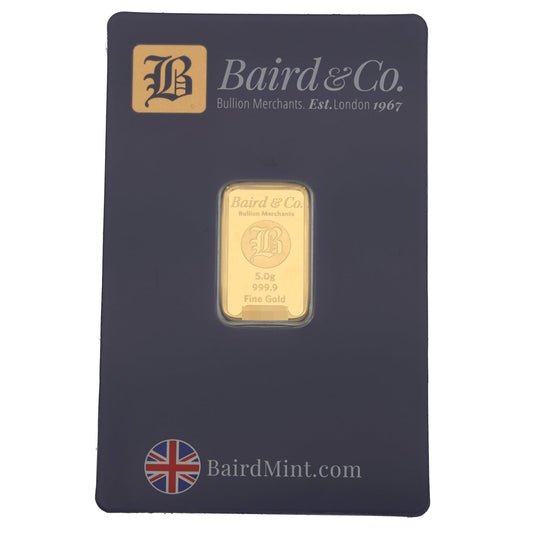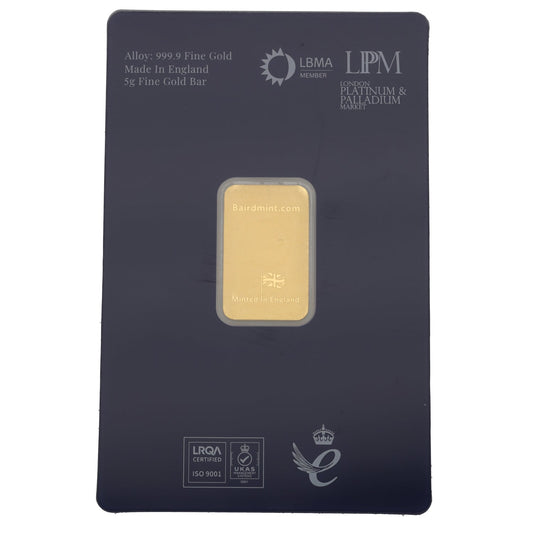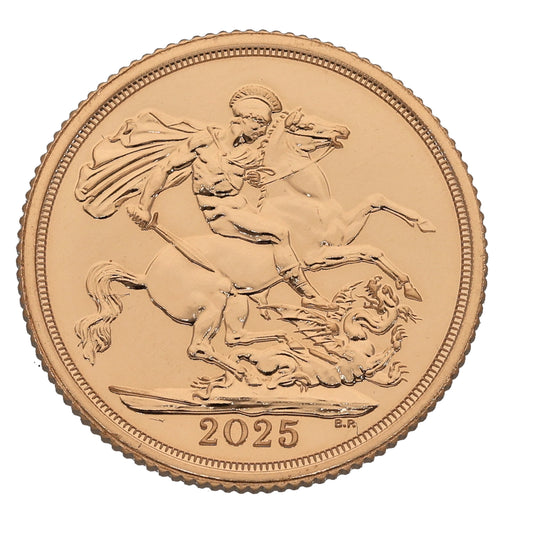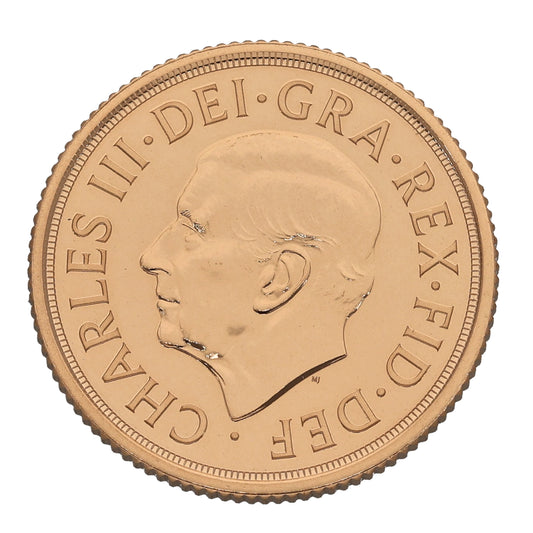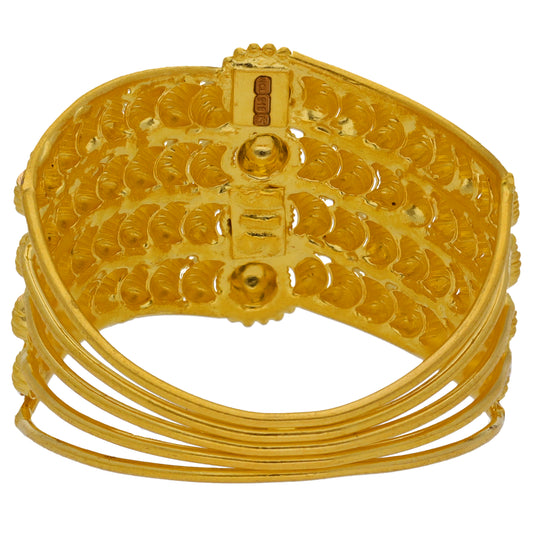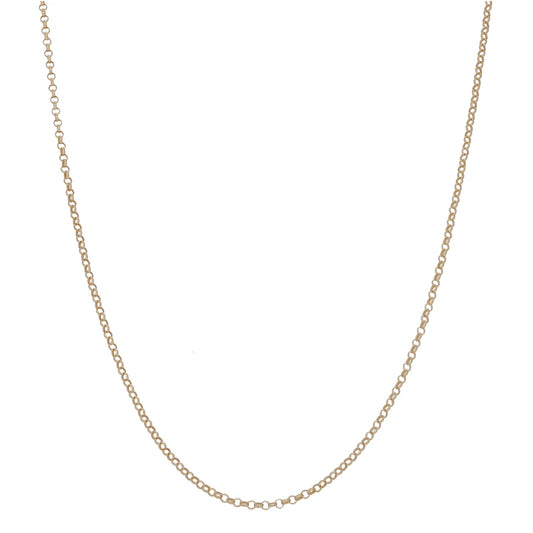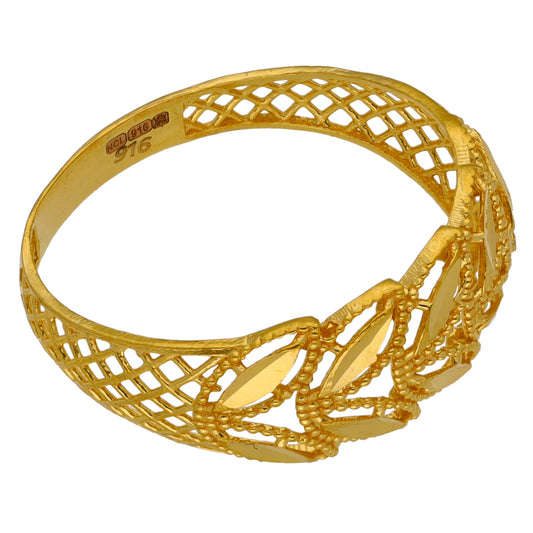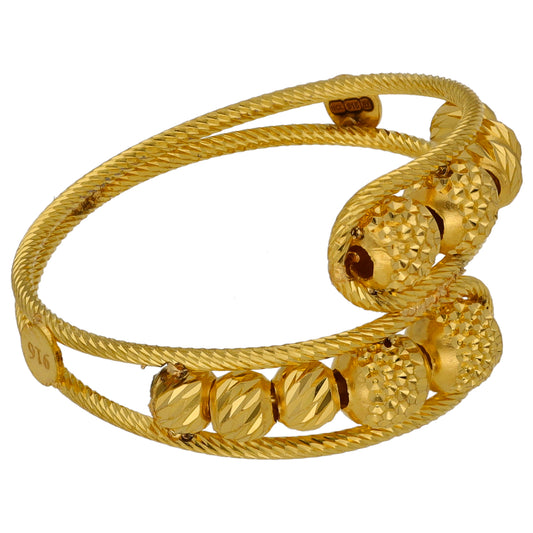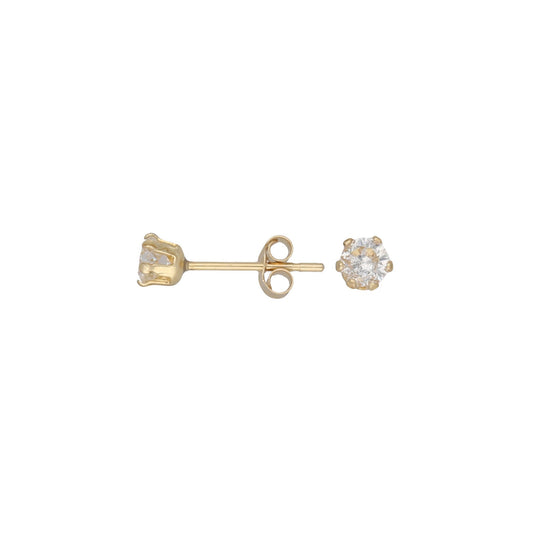It is thought that gold was originally created by supernovas and the collision of neutron stars during the formation of the universe billions of years ago. The gold which naturally occurred as our planet was forming would have sunk into the core during a molten phase, so all the gold we find on the surface in within rocks today may well have arrived via asteroid impact around 4 billion years ago. This means that the gold in your jewellery could have travelled through space for millions or even billions of years before arriving to earth in the first place.
When Was Gold First Discovered?
We don’t know exactly when human beings first discovered gold, but it is thought that it would have been the first metal known to early humans, as it occurs all over the globe and can be found without having to dig into the ground; in streams, for instance. Gold is mentioned in very old texts, including in the code of Menes which was written in early Egyptian times. In this text, it states that ‘one part gold is equal to two and one half parts of silver in value.’ This was written in 3100 B.C, around 5,000 years ago and is one of the earliest examples of valuating precious metals.
The earliest evidence of smelting - which is the melting of ores to separate the metals within - comes from Egypt even further back in around 3600 B.C. It’s likely that humans were collecting and working with more accessible gold even earlier than this, but of course the evidence has likely been lost to time.
Gold artefacts can be found all over the globe and appear to be present in the history of almost every civilisation. Most of the early peoples to discover gold put some value upon it, meaning that it was in effect, a universal currency. In modern times, gold continues to be popular as a form of non-monetary wealth.
Who Discovered Gold?
We will never know the identity of the first person to discover gold. It was likely an early hominid and the gold would have been easy to find, in a stream or creek for instance. In environments like this gold can be found in its natural state, in ‘nuggets’ of varying sizes. They would have been more yellow and shiny than anything else, which is likely to have caught the eye of early humans; particularly when the sun was shining.
The first person to discover gold could have been from almost any part of the world and it’s likely that they would not have known the magnitude of what they had found. It would have been a unique material and it’s not hard to see why value was placed upon it by almost all groups who found some in their environment.
Why is Gold Valuable?
Gold is valuable for many different reasons. Some of gold’s value relates to how early humans treated it. Other aspects of its value come from how gold compares with other metals – both precious and otherwise.
For early human civilisations, gold was shiny, it could be found in a pure state, it was relatively easy to work with despite being heavy, and it was highly resistant to tarnishing. In many ancient cultures, the sun was worshipped as a giver of life, and it was thought by many that gold came from the sun, or was made of sunlight and water. This meant that gold naturally became associated with the gods, and therefore held a deeper level of value and respect for humans than other materials.
As mentioned above, almost every civilisation to find gold in their environment placed some value upon it, so when we began to travel and trade with people from other lands, gold would have been a handy universal trading ‘language’. This reverence of gold right across the globe has certainly helped it to continue being valuable, even after thousands of years.
In the present-day, the value of gold is based on its physical state, its relative rarity, and its beauty. Actual currency exists mainly in digital form, so gold is seen as a physical asset which is largely protected from potential computer-based or economic problems. During times of unrest or natural disaster, the value of gold tends to rise.
How is Gold Mined?
Gold is found on the surface of the planet in streams and rivers, but it’s also present within the surface of the earth – sometimes deep within the rock. Gold has been mined for thousands of years, with some scientists claiming the oldest gold mine could be at the Sakdrisi site in southern Georgia which dates back to 3000-4000 B.C.
There are many gold mining methods, with the oldest thought to be hydraulic mining. This involves using jets of water to dislodge rocks or move sediment to uncover gold, and has been a successful mining technique for thousands of years: it is thought that the Romans used hydraulic mining methods, which is why Bronze age gold objects are more plentiful in these historic mining areas.
Forms of hydraulic mining are still used today to extract gold from looser materials such as underground sediment. But what if the gold is encased in underground rock? This is where hard rock mining comes in, and is today the method which produces most of the world’s gold. The rock is tunnelled into and broken up using machinery, explosives or manual labour. The rocks are then processed so that the gold can be extracted. Gold is also often found in other mines, such as copper mines, and can also be present in sand and gravel pits.
As gold is heavier than rock, it can be easily separated by using the natural forces of gravity when found in sediment. Smelting or another method may be used to extract gold from within rocks – many mines have their own individual process.
It’s not hard to see why gold has captured the imagination of humans since the very beginning. Gold remains a popular and is easier to value than ever. If you’re curious about the value of your gold, or if you’re thinking of selling it, why not try our gold price calculator for an accurate estimate? It may be worth more than you think.





